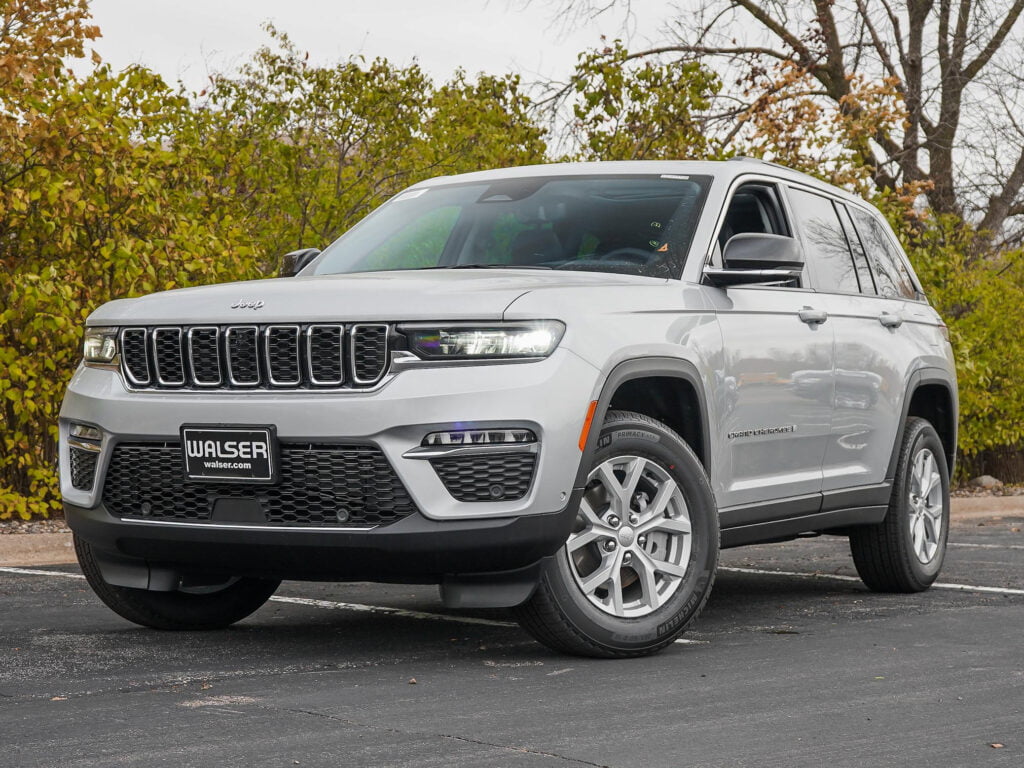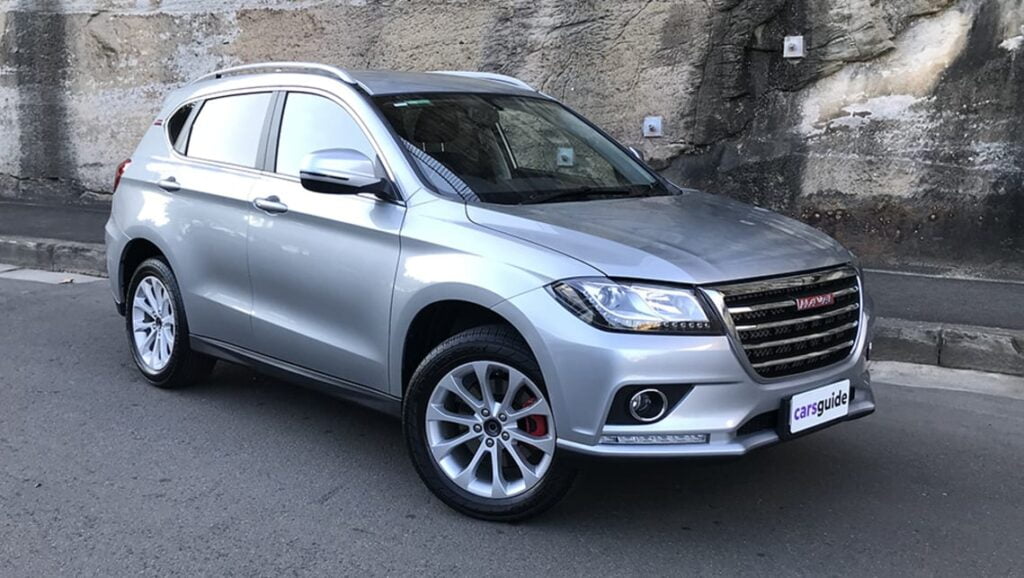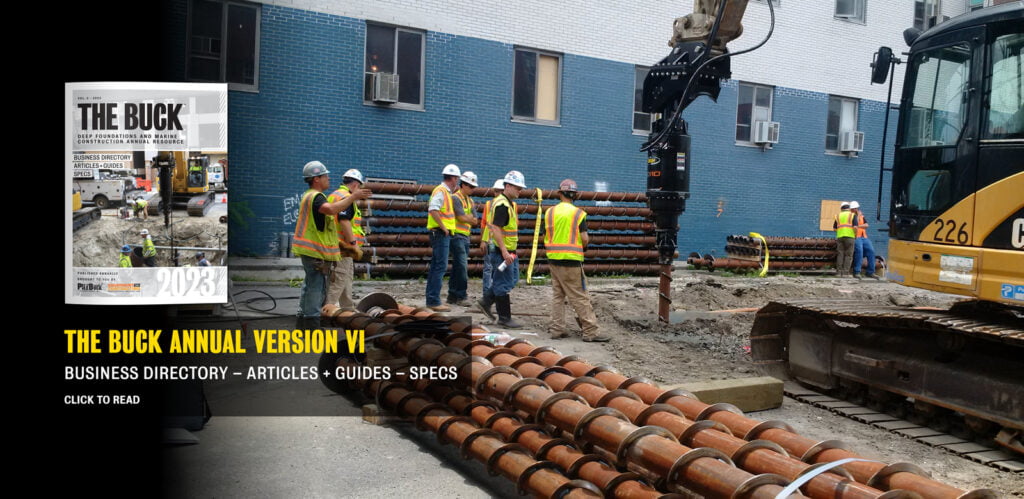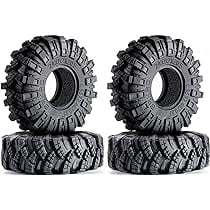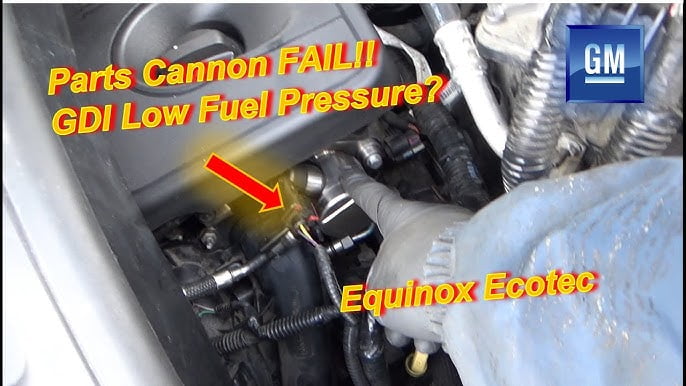Jeep Cherokee Push Button Start Not Working: Troubleshooting Tips To Get You Back on the Road Fast!
If your Jeep Cherokee push button start is not working, it could be due to a malfunctioning key fob or a dead battery in the key fob. Understanding The Push Button Start System One of the convenient features of the Jeep Cherokee is the push button start system, which allows you to start your vehicle with the simple press of a button. However, there may be times when this handy feature doesn’t work as expected. In this section, we will delve deeper into how the push button start system works, explore its key components, and provide an overview of some common issues that Jeep Cherokee owners may encounter. How Does The Push Button Start System Work? The push button start system is designed to provide a seamless and effortless start-up experience for drivers. Rather than using a traditional key, this system utilizes an electronic key fob equipped with a radio frequency identification (RFID) chip. When you enter the vehicle with the key fob in your possession, the car’s onboard computer system recognizes the presence of the key and allows you to start the engine. To start your Jeep Cherokee using the push button start system, follow these steps: Ensure that the electronic key fob is within the vehicle. Press the brake pedal firmly. While keeping the brake pedal pressed, press the push button start located in the center console. The engine will start, and you can release the push button start once the engine is running. Key Components Of The Push Button Start System The push button start system consists of several key components that work together to ensure a smooth start-up process: Component Description Electronic key fob Contains the RFID chip that communicates with the car’s computer system to authorize engine start-up. Push button start A physical button located in the center console that triggers the engine start-up sequence when pressed. Brake pedal sensor Detects the presence of pressure on the brake pedal, ensuring that the vehicle is in a safe starting condition. Ignition control module An electronic module that communicates with the key fob and initiates the engine start-up process. Overview Of Common Issues With The Push Button Start System While the push button start system is generally reliable, there are a few common issues that Jeep Cherokee owners may encounter: Key fob battery failure: If the battery in your electronic key fob is low or dead, it may prevent the push button start system from working properly. Consider replacing the battery if you experience any difficulties. Brake pedal sensor malfunction: If the brake pedal sensor fails to detect pressure, the push button start system may not engage. Have the sensor inspected and replaced if necessary. Ignition control module failure: A faulty ignition control module can disrupt communication between the key fob and the vehicle’s computer system, resulting in start-up problems. A professional diagnostic may be required to address this issue. By understanding how the push button start system works and being aware of its key components and potential issues, you can troubleshoot and resolve any problems that may arise with this convenient feature in your Jeep Cherokee. Troubleshooting Tips For Push Button Start Issues If you own a Jeep Cherokee with push button start, you may have encountered situations where the push button start system refuses to work. It can be frustrating and inconvenient, especially when you’re in a hurry. However, understanding some basic troubleshooting tips can help you resolve these issues quickly and get your vehicle back on the road without any hassle. Check The Battery Of Your Key Fob The first thing you should inspect when your push button start isn’t working is the battery in your key fob. A weak or dead battery can cause communication issues between the key fob and the vehicle’s push button start system. To check the battery, follow these steps: Locate the small slot or button on your key fob designed for battery replacement. Using a small flat-head screwdriver or similar tool, gently pry open the key fob. Take out the old battery and replace it with a new one, making sure the positive (+) and negative (-) sides are properly aligned. Close the key fob and verify if the push button start is functioning correctly. Inspect The Vehicle’s Battery If the battery in your key fob is not the problem, it’s essential to examine the vehicle’s battery. A weak or discharged battery may prevent the push button start system from working as expected. To test the vehicle’s battery, you can follow these steps: Open the hood of your Jeep Cherokee. Visually inspect the battery to ensure there are no visible signs of damage or corrosion. Check the battery voltage using a multimeter. A fully charged battery should have a voltage reading of around 12.6 volts. Jump-starting The Vehicle If your vehicle’s battery is weak or discharged, you can try jump-starting the car to overcome the push button start issue. Here’s how: Locate another vehicle with a functional battery to use for jump-starting. Connect the jumper cables to the positive (+) and negative (-) terminals of both batteries, following the proper sequence. Start the other vehicle and let it run for a few minutes. Attempt to start your Jeep Cherokee with the push button start while the other vehicle is still running. Check The Electrical Connections Faulty or loose electrical connections can also cause push button start issues in your Jeep Cherokee. To ensure all connections are secure, follow these steps: Switch off the ignition of your vehicle and disconnect the negative (-) terminal of the battery. Inspect all electrical connections related to the push button start system, including wires, plugs, and connectors. Tighten any loose connections and clean any corrosion or debris using a wire brush if necessary. Examine The Brake Pedal Sensor In some cases, a faulty brake pedal sensor can prevent the push button start from working. Follow these steps to examine the brake pedal sensor: Locate the brake pedal sensor positioned near the top

